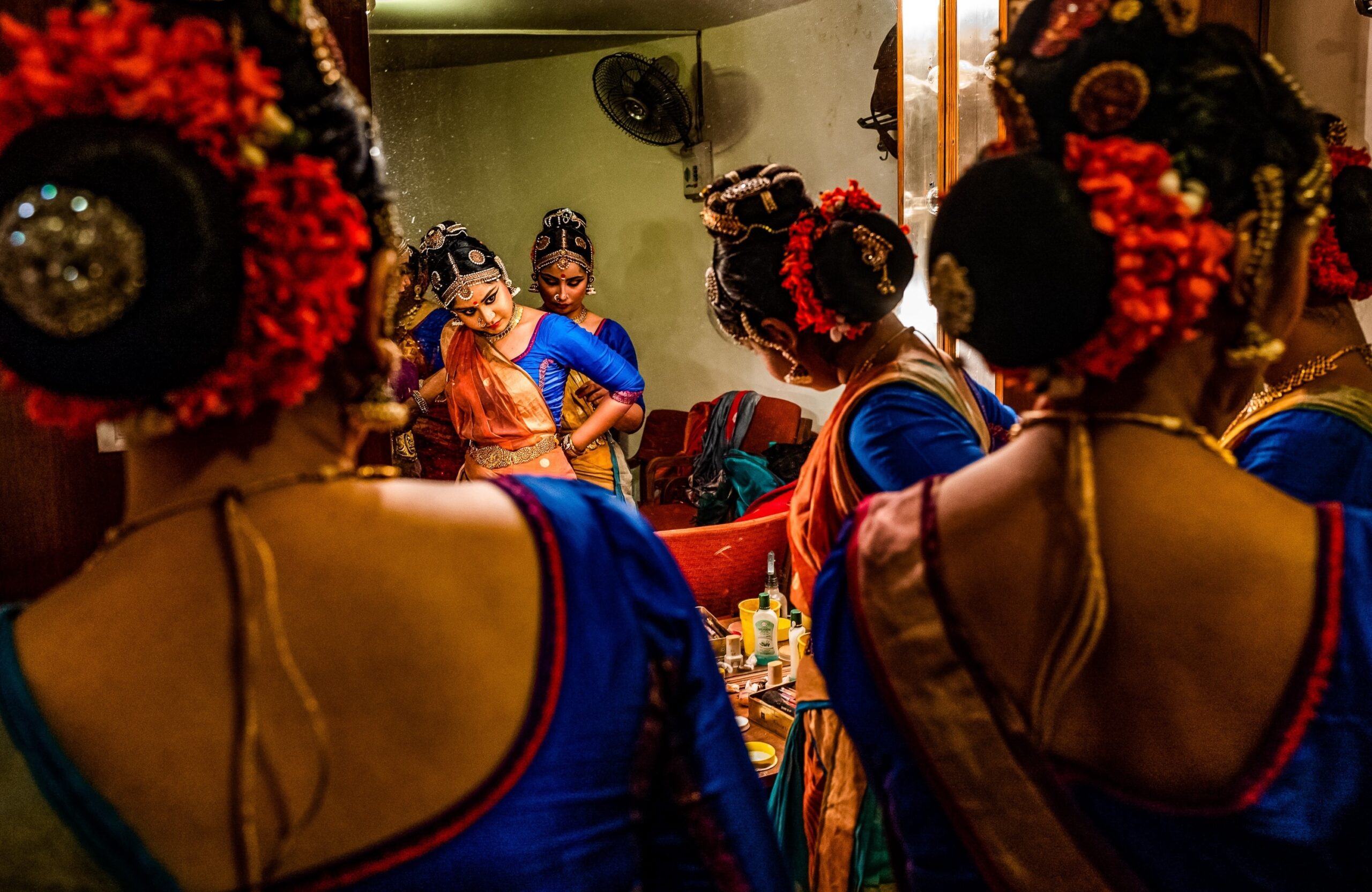
Roger Chen

TIFA 2024 Interview with Roger Chen
1st Place winner in Portfolio, Non-Professional, “Living Traditions”
Q: What drew you to the specific genre of photography you specialize in? Was it a personal experience, a mentor, or something else that sparked your interest?
As a career diplomat in the foreign service all my adult life, I’ve been leading a nomadic lifestyle whereby I was stationed and fully immersed in different cultures in different parts of the world for three to four years each, this really shaped my perspective when I started taking up photography seriously about 7-8 years ago
Because I have had the incredible opportunities over the years to live in environments foreign to my own heritge, I have always been curious and fascinated by the culture, traditions, and customs in each of these countries I called home at the time. So I would say this lent itself well to the genre of cultural and documentary style photography which I felt affinity for when I started taking photography workshops in India where I was living the time and at the same time i was learning street photography as a language as I learned how to frame and compose my images.
Q: How do you approach a new photography project? Can you walk us through your creative process, from concept to execution?
I started taking photos during the many vivid and visually exciting festivals and religious rituals which I was witnessing at the time in India, and it helped me conceptualize the theme of Living Traditions which became the central focus of my current body of work in my portfolio.
Knowing that many of these traditions, including classical art forms, religious ceremonies and rituals, were passed down over the generations, I approached this project by focusing on the idea that in this digital age when social media, technology and instant sensory gratification characterize what most younger generations are interested in, it would be intriguing to see if as is often feared, that society will lose appreciation for these traditions and there would be little interest by successive generations in preserving the knowledge and understanding of these traditions.
Q: Your winning project stood out to the jury for its unique perspective. How do you ensure your work maintains originality and authenticity in a competitive field?
So photographically it made sense for me to pursue this project by thinking of how, in seeking out the visual depictions of the practice of these traditional art forms and the ceremonies and religious rituals how youth figured into this. There is a through line in the portfolio where no matter which culture it was, whether Indian, Japanese, Balinese, Mexican, or Uzbek, there is evidence of the younger generations practising these classical art forms and performing the rituals, so there is hope that with dedication, practice, training, and passing on of the knowledge and encouragement by parents in practising these traditions, that indeed they are going to endure.
Q: As a photographer, how do you balance technical expertise with artistic vision? Do you lean more heavily on one, or do they work hand in hand for you?
Technically I benefitted I think from street photography techniques with layering and echos of visual cues throughout images that were from different cultural environments but still would be cohesive as a sequence. So I would say that the theme of living traditions needed to be portrayed vividly in the subject matter of each image to be cohesive, and as a portfolio it needed to be authentic thematically where every image, despite some being visually stronger than others, stands on its own in serving the narrative, while the cohesion and flow comes from the connections between the images in the sequence in composition and visual cues whether it be shapes, colour palette, or gestures echoing through the images.
Q: What role does post-processing play in your work? Do you consider it an extension of your creativity, or do you aim to keep your images as natural as possible?
I generally don’t do much post processing for my work other than to tweak the exposure and highlights and I have to be honest in saying that I am not always sure from a technical perspective that I know what I am doing with the settings, but it is largely instinctive when it comes to capturing the moment so I try to not manipulate my work too much in post processing.
Q: Winning this award is a significant accomplishment. How do you plan to leverage this recognition to further your career or make a greater impact in the photography world?
I do believe that photography for me as an aspiring visual storyteller can bring awareness to subjects or themes that would otherwise not reach an audience and in that way help shed light on issues such as what I hoped to achieve here with my project on Living Traditions, so that there is consideration, reflection and awareness and in that way influence someone in their perception of an issue. This is where such an incredible honour from winning this award from Tokyo International Foto Awards is truly meaningful for me, which is that my work which I had been appreciating mostly from my own can now reach a wider audience.
Q: How do you approach connecting with your subjects, especially in projects that require a deep level of trust and intimacy, such as portraits or documentary work?
Q: What advice would you give to photographers about finding their unique voice in a crowded industry? How can they stay true to their vision while appealing to a broader audience?